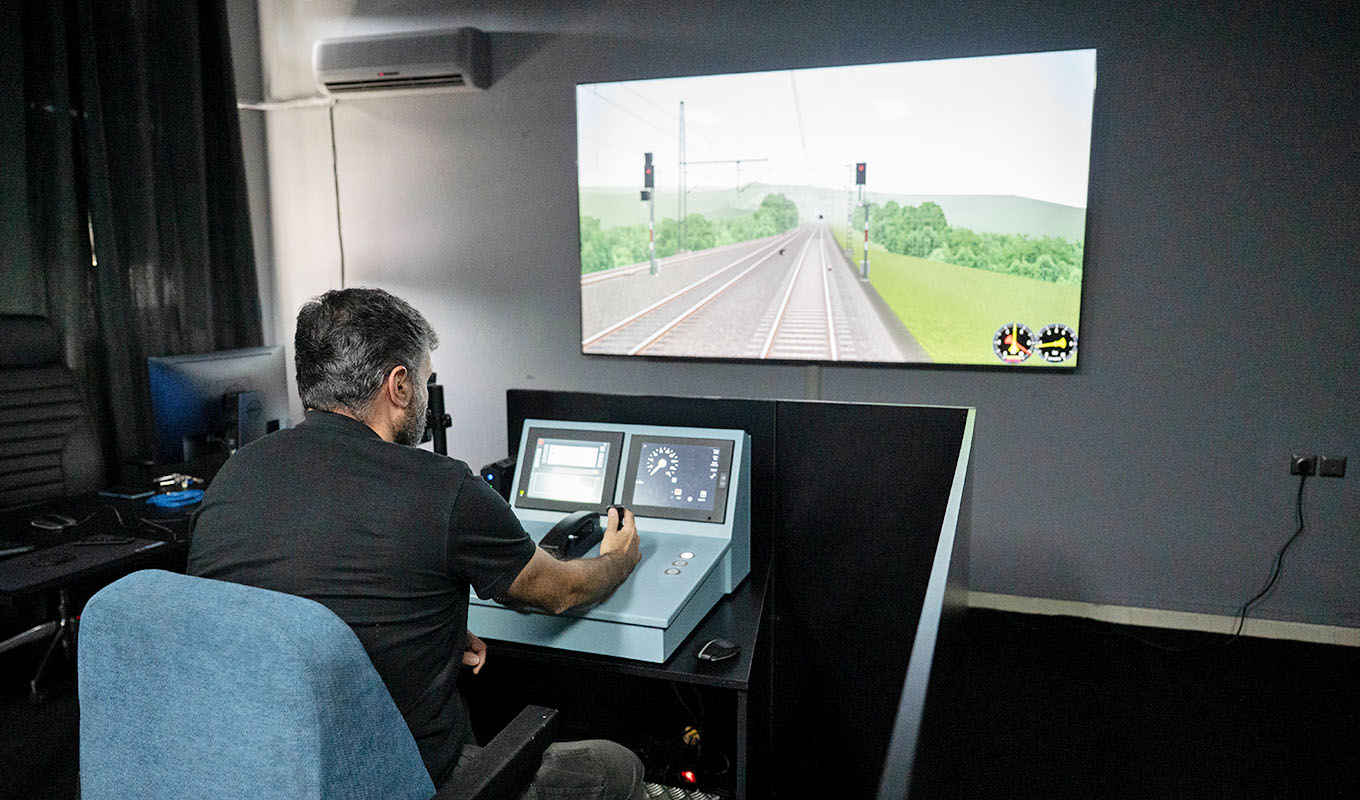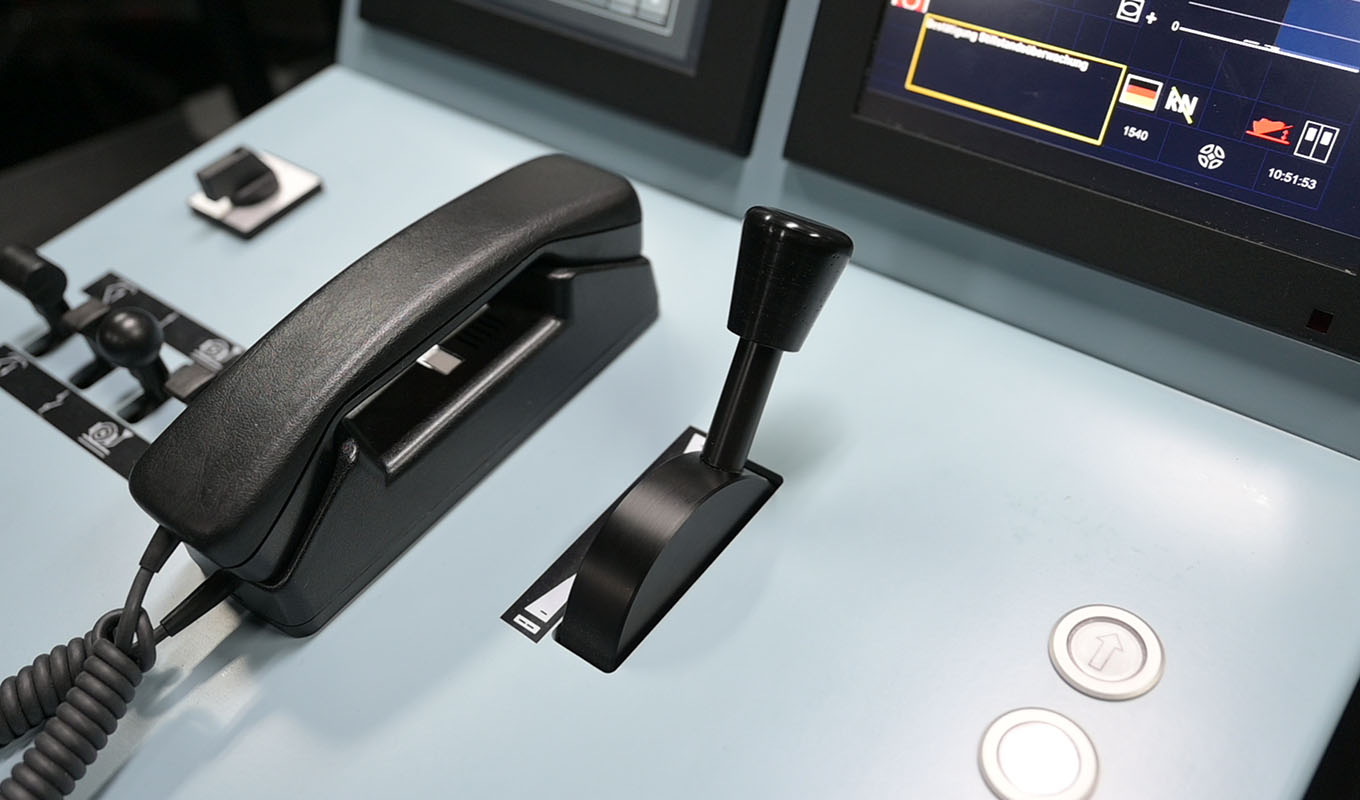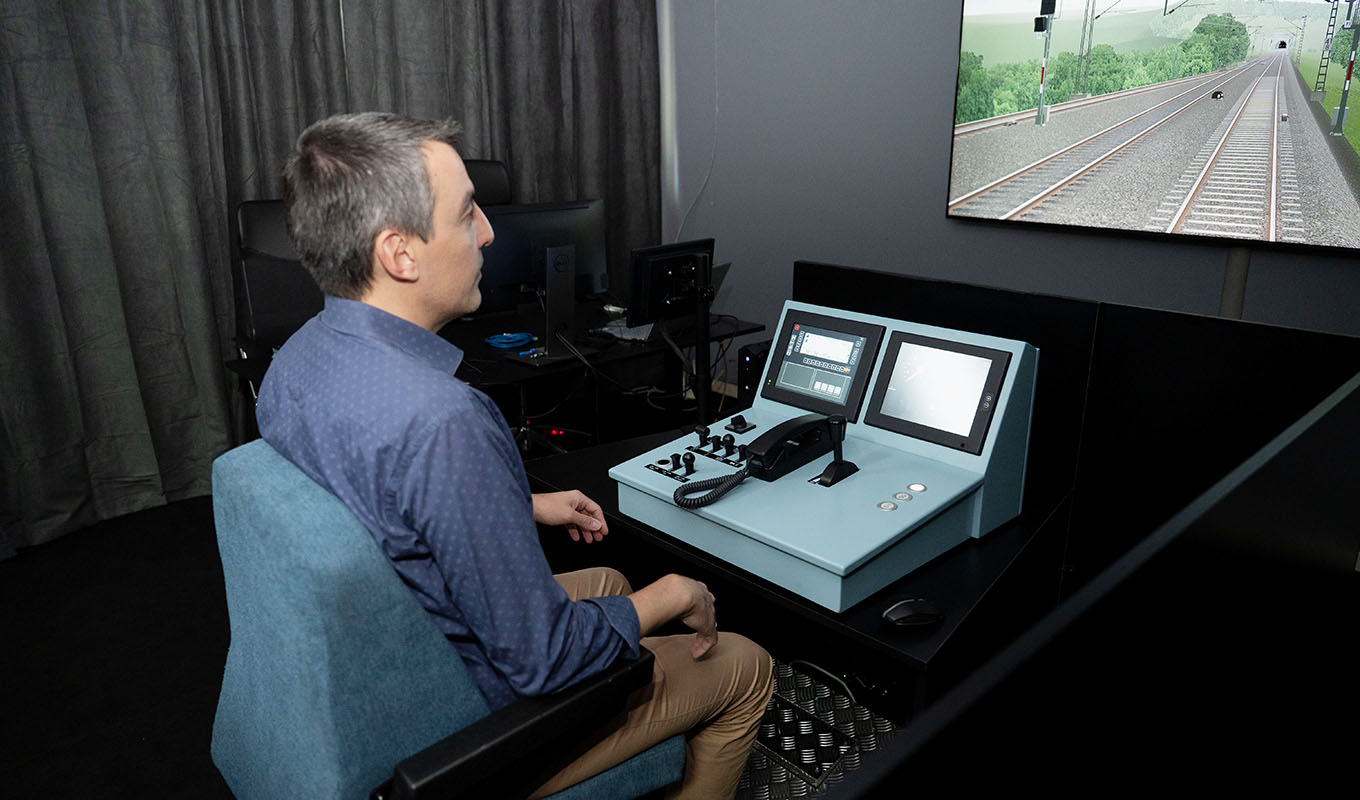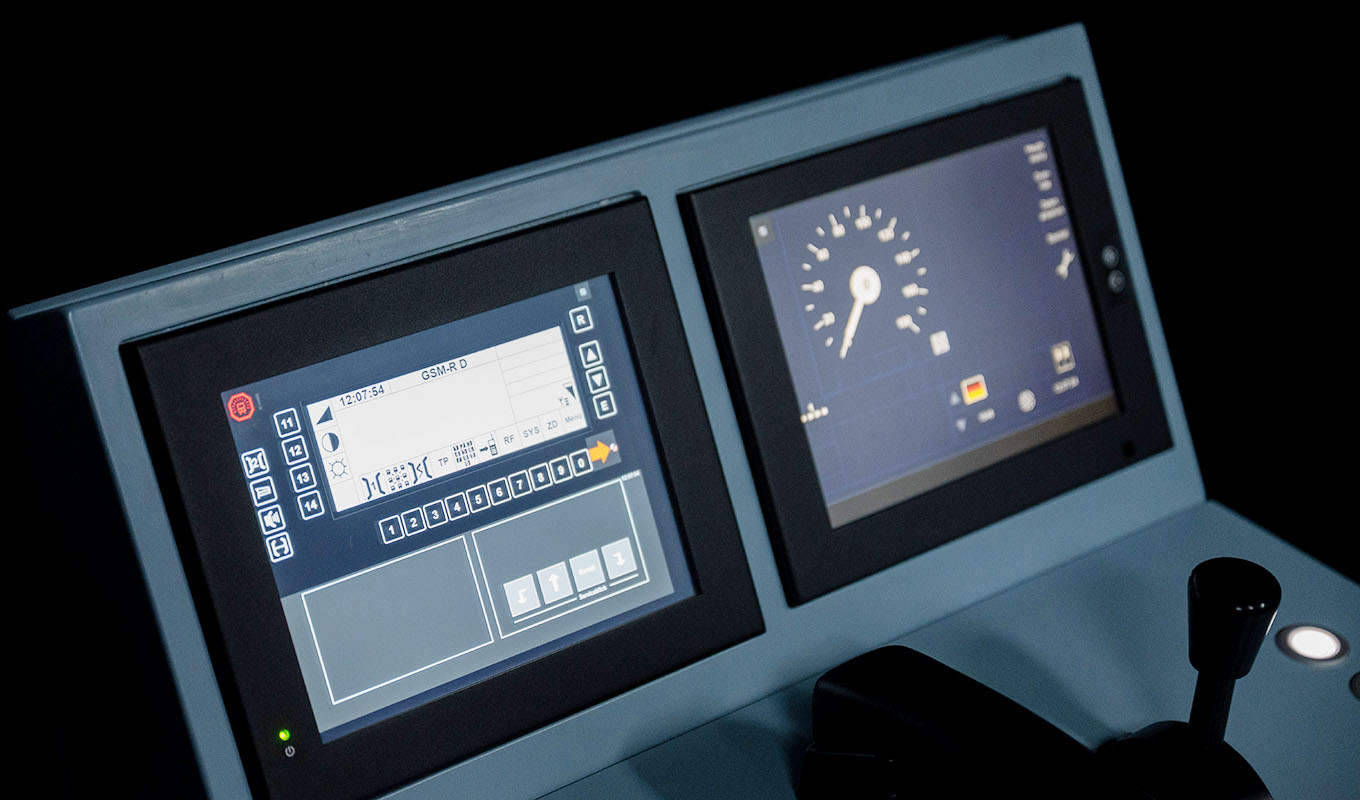A fully functional, safe and modern double railway line from Athens to Thessaloniki is what the government aspires to create by August 2026. The “hidden” goal of the Ministry of Infrastructure and Transport is for the Athens to Thessaloniki train journey to take less than four hours from then on, which would make rail transport attractive again, especially for this traditionally more commercially popular passenger route.
Automatic train protection system: How it will work and the Transport Ministry’s goal
The notorious ETCS plays a pivotal role in this effort, which has been widely discussed following the terrible rail tragedy at Tempe two and a half years ago. The European Train Control System (ETCS) is the European automatic train protection system that continuously monitors the speed and progress of each train. It combines data from trackside elements (signaling, eurobalises, RBC centers) with onboard systems (safety computer, driver interface). The goal is to prevent human errors and enforce braking before dangerous situations. These include, for example, speeding, running red signals, and entering occupied track sections.
The complete operational footprint – which requires certification and commissioning of trackside ETCS systems and fleet with on-board units – will be rolled out gradually throughout 2026. Next August, therefore, provided all projects are implemented on time, the ETCS system will be installed on all trains and at all necessary points on the tracks.
The special route and the virtual railway line
Already, for about two weeks now, driver training has begun in a special room with a simulator, in the building that houses the OSE Professional Training Center in Rentis. Parapolitika gained access to the training facility and exclusive photos of the simulator operation, which will allow drivers – as well as station masters – to familiarize themselves with ETCS functions, driving procedures and simultaneously train in handling emergency situations in a safe and controlled environment.




We saw, in practice, how the simulator represents a virtual railway line equipped with ETCS Level 1 train control system: Beyond the basics, namely reducing speed and stopping before the red light, the instructor operating the electronic system creates unexpected condition changes, such as a tree falling on the tracks, to test the driver’s reaction and understanding of the system’s operation.
We sat in the driver’s seat and moved the train on railway tracks – however, as we were informed, a special 10-kilometer Greek route section will be created for this simulator, which will be selected by OSE, to familiarize drivers with familiar routes. When we didn’t “obey” commands and signal indications, automatic braking activated and the train was immobilized. As the instructor explained to us, ETCS “reads” track and signal data through connections and knows at all times the permitted speed and movement limit. If the driver doesn’t slow down in time, the system intervenes and automatically applies emergency braking, stopping the train safely.

The Parapolitika journalist testing the system
ETCS takes priority
“Consistent with what we committed to and voted into law in July, we are upgrading in practice the safety level of the Greek railway,” emphasizes Deputy Transport Minister Konstantinos Kyranakis in a statement to Parapolitika. “The ETCS automatic braking system is an absolute priority for us. We completed its installation on trains over the summer and started for the first time training drivers with simulators, as in all modern European railways. We continue with dedication for safe trains, in order to regain society’s trust,” notes Mr. Kyranakis.
How did this pioneering endeavor for Greece begin? Within the framework of OSE’s cooperation agreement with the Railway Academy of German Railways (DB RAIL ACADEMY) for upgrading provided training services and the urgent need to train Greek railway drivers in the ETCS Level 1 train control system, OSE proceeded to rent a portable simulator (desktop simulator), which is used for training and examination in this system. Moreover, in spring 2026, a new simulator with even higher specifications will arrive in Athens. Specifically, as part of the broader training academy renovation project, OSE will acquire a full motion train driving simulator. This is a modern training system with a moving platform that represents the train driving experience with absolute realism. It will be used by OSE’s Academy for training and evaluating drivers in real conditions, such as emergency braking, bad weather, curves and signals, without requiring actual circulation on the network.
“This way we ensure that all drivers will receive consistent and high-quality training, harmonized with international standards,” states OSE CEO Christos Palios.
300 people will be trained
It should be noted that the theoretical part of driver training is implemented at the training center, while subsequently the practical part will initially take place on a training route, which will run the Oinoe – Tithorea section. All drivers from railway companies and OSE, totaling approximately 300 people, will be trained in ETCS. The entire process is expected to be completed within six months. Driver certification in operating the ETCS train control system will be followed by an examination procedure with the simulator. As relevant officials emphasize, the use of simulators in training not only improves technical skills but can also enhance so-called soft skills, which are equally important for effective and safe operation of the railway system. These include communication, teamwork, decision-making, stress management and problem-solving, which can be cultivated in a controlled environment through simulators.


To return to the beginning of the report and the goal of trains completing the Athens-Thessaloniki journey in less than four hours, ETCS is necessary but not sufficient alone. Railway restoration works in Thessaly, which began in April 2025 following damage caused by storm “Daniel”, are progressing according to schedule and are now in their most critical phase. Their completion is also expected in summer 2026. This is, as relevant sources emphasize, a strategic investment that fortifies the railway network against extreme weather events and strengthens its resilience to climate crisis. The works include reinforced constructions, modern signaling systems, ETCS L1, remote control and electrification, as well as critical interventions that increase capacity on the main Athens-Thessaloniki axis.
The project, with a total budget of 450 million euros, is financed by national and European resources and includes restorations on the double line Domokos – Krannona and sections Palaiofarsalos – Kalampaka and Larisa – Volos.
As the same sources explain, with the restoration of sections affected by “Daniel” it will be the first time on the main Athens-Thessaloniki axis where unified signaling will be operational, enabling routes to be executed with complete safety and reliability. Simultaneously, circulation speeds can be increased in sections where restoration work is currently being carried out and speeds are low, so that the total journey will finally be under four hours.
Published in Parapolitika




